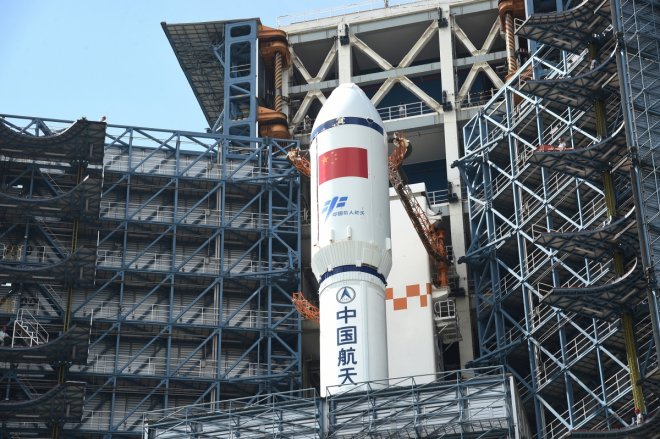
Tianzhou-1, China's first cargo spacecraft left its orbit and burned itself in the earth's atmosphere on September 22, after receiving orders from its ground control.
China National Space Administration's Tianzhou-1 spacecraft had detached itself from the Chinese Space laboratory Tiangong-2 on September 17 and was orbiting on its own axis. Chinese news agency Xinhua reported that the spacecraft was conducting various experiments during its independent orbiting.
It had docked in the Tiangong-2 Space station and had refueled the space station thrice during its operation: on April 27, June 15 and September 16.
According to Xinhua, the Chinese space officials said that the docking and refueling were a preparation for setting a larger space station by 2020.
Reports said that the cargo spaceship had applied breaks and continuously lowered its altitude to burn itself in the atmosphere. It was under precise control and close monitoring from the ground.
Tianzhou-1 spaceship was launched from South China's Hainan province on April 20, 2017. It had docked with the Tiangong-2 space station on April 22 for the first time.
It had separated from the Tiangong-2 for multiple times and had done various experiments while orbiting. A tiny satellite, Cubesat was also released into its orbit from the cargo ship during the venture.









